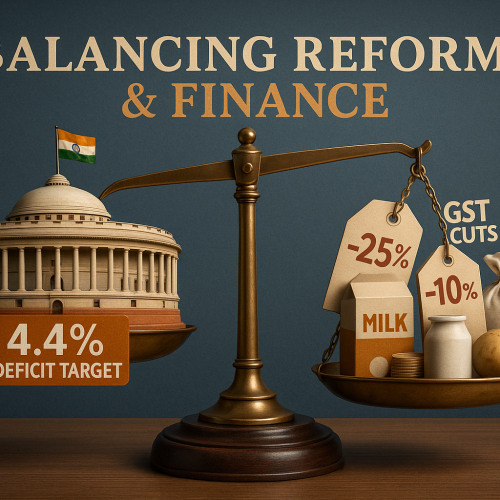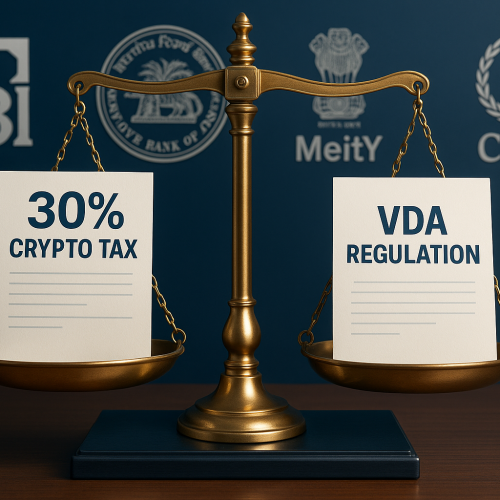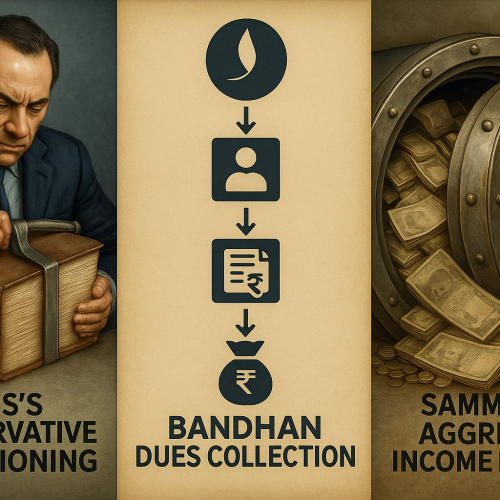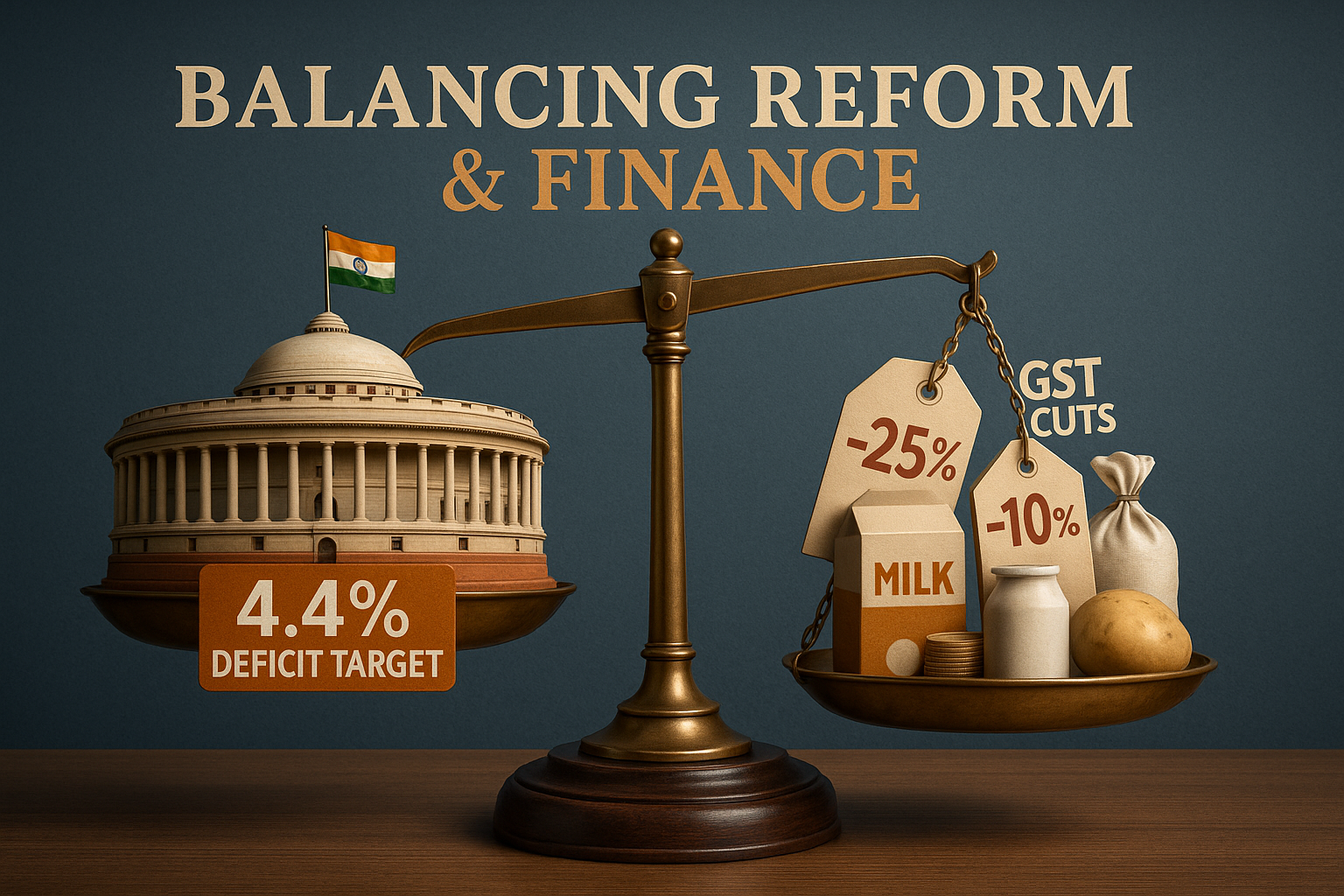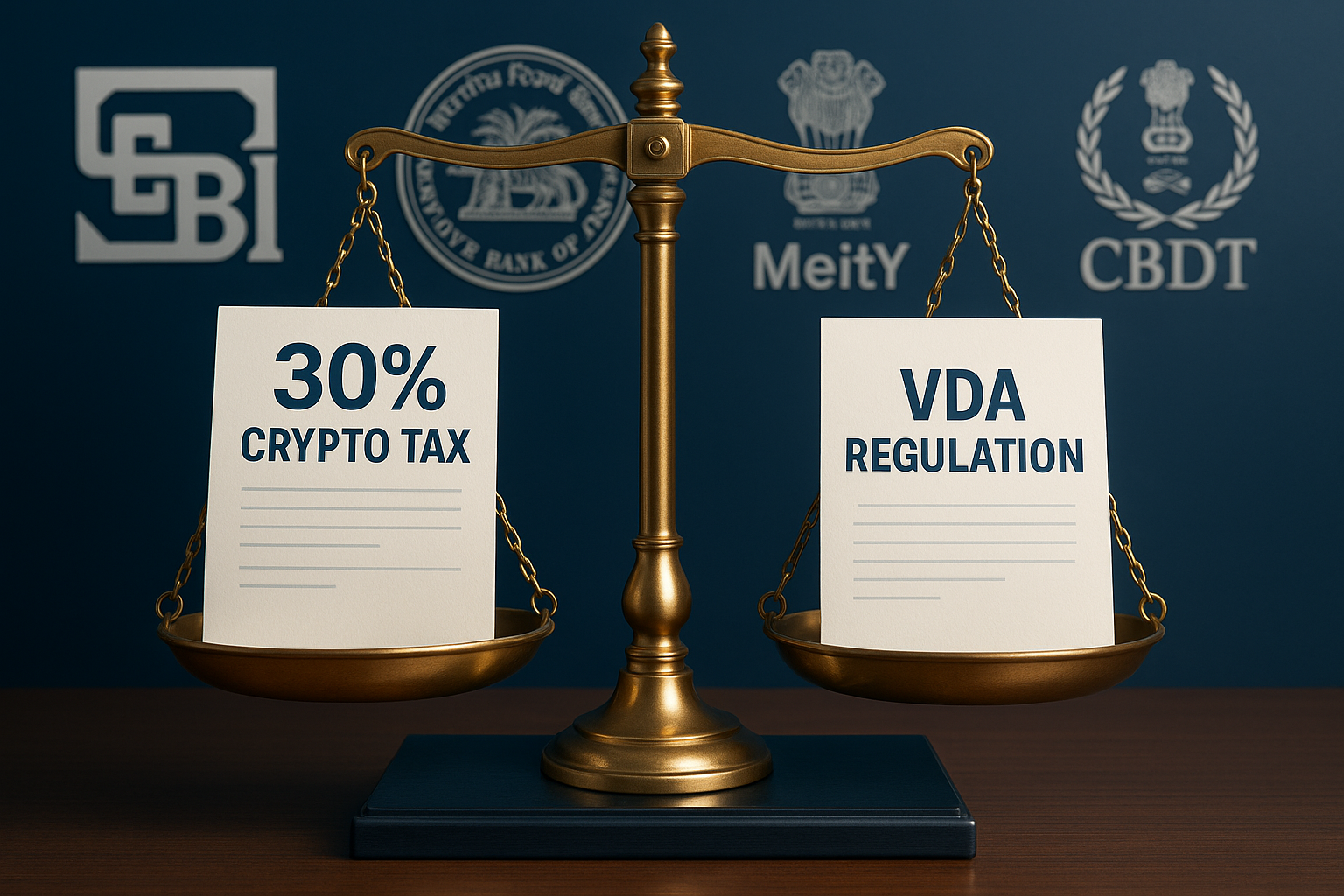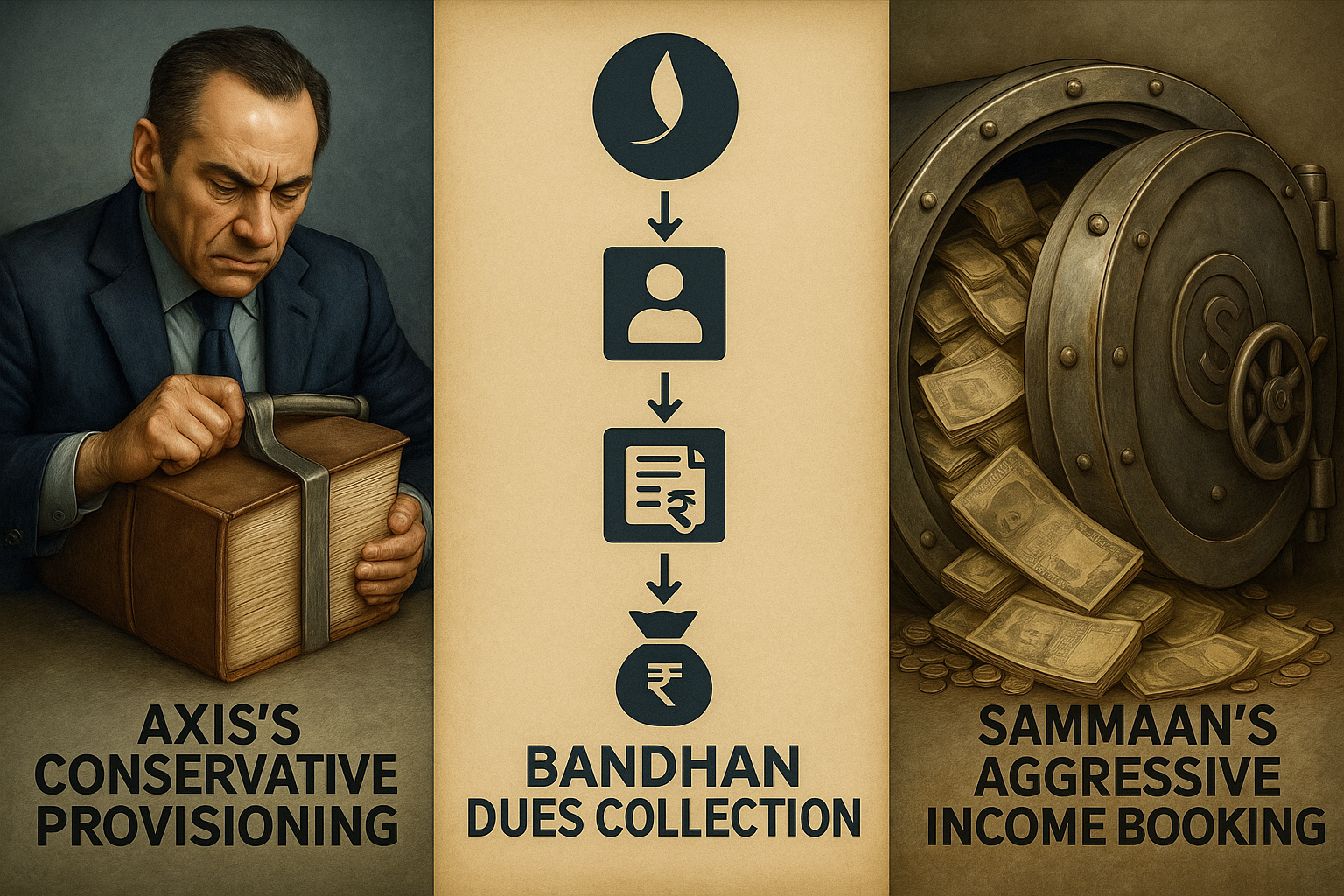India remains confident it will meet its fiscal deficit target of 4.4% of GDP for FY26 despite introducing major consumption tax cuts. The GST overhaul announced by Prime Minister Modi—including slashed rates on essentials and electronics—is projected to reduce revenue. However, government insiders affirm that federal and state-level mechanisms are in place to compensate for these losses. Additionally, the GST compensation cess will be phased out by December.
Why the Confidence?
| Driver | Explanation |
|---|---|
| Offsetting Revenue Losses | Authorities suggest existing fiscal tools will counterbalance revenue declines, though specifics remain confidential. |
| Compensation Cess Sunset | Eliminating the GST cess removes a layer of complexity and may lead to long-term revenue realignment. |
This approach reflects a delicate balancing act: delivering tax relief while maintaining fiscal prudence.
Context & Broader Implications
Bloomberg and industry observers note that the sweeping GST reforms—reducing tax slabs and expanding rate rationalization—are part of Modi’s strategy to boost consumer demand and gain political traction ahead of key elections. Markets have responded positively, with indices surging in early trade.
At the same time, policymakers appear committed to sustaining macroeconomic stability. The government’s assertion of offsetting revenue impacts further underscores the importance of ensuring fiscal discipline amid growth-enhancing reforms.
** fiscally-focused Outlook**
As India executes its 4.4% deficit target journey, the success will hinge on effective revenue replacement strategies—from expanding non-tax sources to controlling expenditure growth. If successful, this fiscal discipline amid reform will bolster credibility, potentially aiding India’s case for sovereign rating improvements and higher investor confidence.







